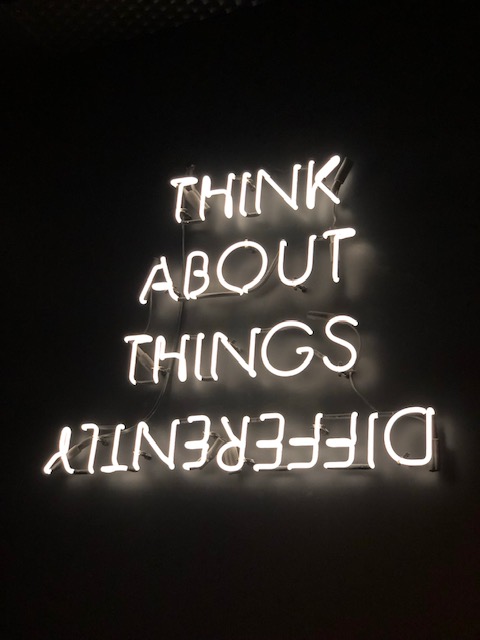
There’s been a lot of conversation in the news and on social media lately about implicit bias, in particular its impact on the actions of police officers. But what are we really talking about when we talk about implicit bias and are there effective strategies to address it?
What it is:
The Kirwin Institute has done extensive research on understanding implicit bias. They maintain that implicit bias “Also known as implicit social cognition…refers to the attitudes or stereotypes that affect our understanding, actions, and decisions in an unconscious manner. These biases, which encompass both favorable and unfavorable assessments, are activated involuntarily and without an individual’s awareness or intentional control. Residing deep in the subconscious, these biases are different from known biases that individuals may choose to conceal for the purposes of social and/or political correctness. Rather, implicit biases are not accessible through introspection.
The implicit associations we harbor in our subconscious cause us to have feelings and attitudes about other people based on characteristics such as race, ethnicity, age, and appearance. These associations develop over the course of a lifetime beginning at a very early age through exposure to direct and indirect messages. In addition to early life experiences, the media and news programming are often-cited origins of implicit associations.”
Why it matters:
It’s important to identify bias so one can take an active role in dispelling social stereotypes, discrimination, and prejudice. Unchecked bias leads not only to mistreatment of individuals but policies and procedures that establish and reinforce oppressive systems. This free video series from UCLA – Equity, Diversity and Inclusion, walks you through the many facets of bias including; Real World Consequences and Explicit v. Implicit Bias.
What can be done about it:
When it comes to implicit bias, it’s important to note that trainings and education alone are not enough to interrupt behavior. In fact, with policing being the sixth leading cause of death for young black men it’s clear that much more than reform is necessary for systemic change. That said, voluntary trainings for those interested in interrupting their own biases can be a good tool for self-awareness and a first step on a much longer journey. There are also some methods beyond training that show promise and can produce shifts. However, it is important to note that leading researchers caution us that “…we should not be naïve about how easily we can change them." (Banaji) If you’re curious about where some of your own biases lie related to race, age, disability, religion, gender, weight, and sexual identity, check out this now popularized test from Harvard.
If you are interested in increasing your organization's awareness of implicit bias, please contact Krista Rowe at [email protected] for trainings and tools on How Implicit Bias and Unearned Privilege Impact the Design and Implementation of Facilitation and Managing Implicit Bias in The Hiring Process. You may also contact Denise Evans, MM, MA at [email protected]. Denise is a Certified Facilitator of Cultural Intelligence, Implicit Bias, Health Equity Social Justice and has been doing this work for decades!


